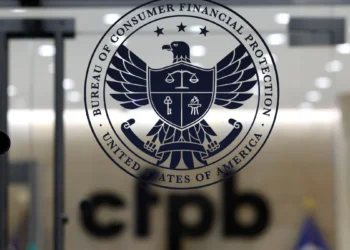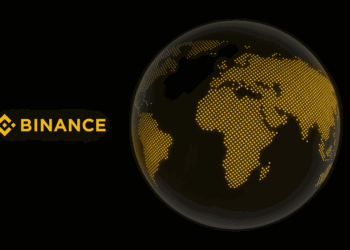A recent report from blockchain research firm Chainalysis has suggested that the United States government’s regulatory influence over the stablecoin market is waning. The study, published on October 23, revealed that a substantial portion of stablecoin activity now occurs through entities that are not licensed in the United States.
Chainalysis pointed out that U.S. entities initially played a significant role in establishing and promoting the stablecoin market. However, more crypto users are now turning to trading platforms and issues located in other countries.
According to the report, there was a significant shift in stablecoin inflows from U.S.-licensed services to non-U.S. platforms since the spring of 2023. And by June 2023, about 55% of stablecoin inflows to the 50 largest cryptocurrency services were directed to exchanges based outside the United States.

The report suggested that this trend indicated that U.S. regulators are facing increasing difficulties in overseeing the stablecoin market, and the potential consequence would be that U.S. consumers would miss out on opportunities to use regulated stablecoins.
The research firm attributed the primary reason for the shift to a lack of clear stablecoin regulations in the United States, particularly due to the hesitation of U.S. lawmakers to pass such regulations.
Notably, the Lawmakers are considering various stablecoin regulation bills, such as the Clarity for Payment Stablecoin Act introduced in July 2023. This bill aims to establish a regulatory framework for payment stablecoins, protect consumers, encourage innovation, and ensure the responsible issuance of these digital assets. Another relevant piece of legislation is the Responsible Financial Innovation Act, initially introduced in June 2022 and reintroduced in July 2023. While not exclusively focused on stablecoins, it contains provisions that would subject stablecoin issuers to new prudential financial regulations.
Meanwhile, despite the reduced activity of licensed stablecoins within the United States, North America has emerged as the world’s largest cryptocurrency market.
Chainalysis’s report showed that between July 2022 and June 2023, transactions worth an estimated $1.2 trillion were recorded, representing 24.4% of the global transaction volume during this period and surpassing Central, Northern, and Western Europe.
As U.S. regulators grapple with the challenge of regulating this emerging market, the dynamics of stablecoin usage and its impact on the broader financial landscape will continue to evolve. Whether this shift will lead to more coherent and comprehensive regulatory frameworks in the U.S. remains a topic of debate and ongoing legislative consideration.
If you want to read more news articles like this, visit DeFi Planet and follow us on Twitter, LinkedIn, Facebook, Instagram, and CoinMarketCap Community.
“Take control of your crypto portfolio with MARKETS PRO, DeFi Planet’s suite of analytics tools.”





















